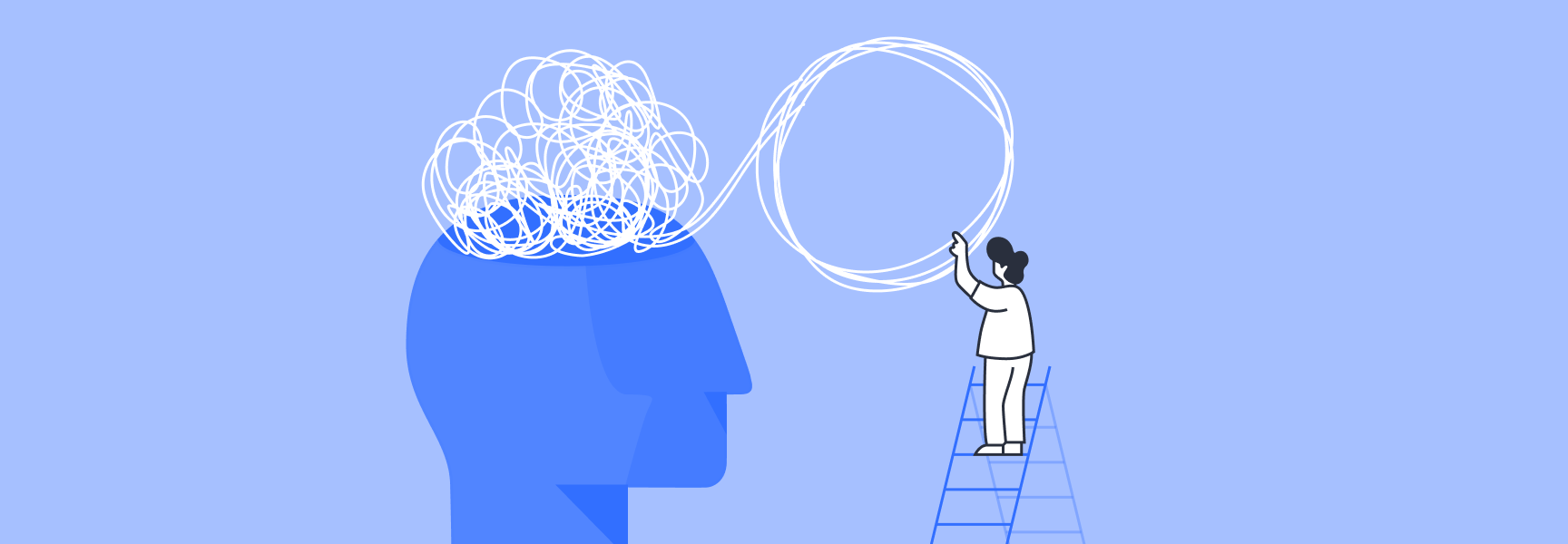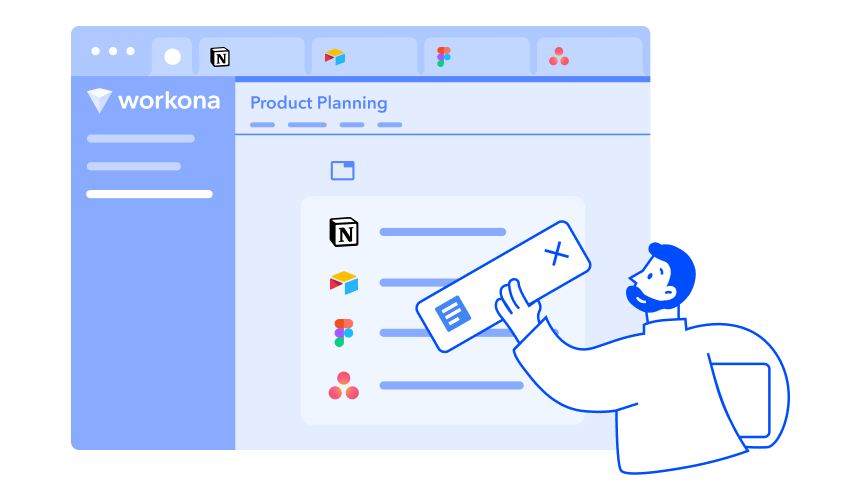
How To Get Started With Personal Knowledge Management
The idea of a robotic brain has intrigued science fiction writers for almost a century. But since no one has managed to replace the human brain, personal knowledge management (PKM) is the next best thing. It’s like having a second brain to capture and sort through all the information you’d otherwise lose.
In this article, we skip past the theory of PKM and get straight to business: laying out 3 steps to build your own personal knowledge management system.

If you’re interested in personal knowledge management, we can safely assume a few things:
- You consume a lot of information
- You spend much of your life online (or in digital spaces)
- You’re ambitious — you have a lot of goals and interests and are itching to make progress on them
A PKM system will help you address each of these realities: retain important information, organize your digital world, and of course, hit your personal goals.
Let's get started.
1. Identify your active projects
The easiest way to get started with PKM is to write down the projects you’re actively working on. A week's worth of projects is the sweet spot that will cover your most important stuff.
Don't worry about whether your manager would define your projects the same way as you. This list is personal to your knowledge management.
Why do we recommend focusing on active projects instead of say, areas of responsibility? Forte Labs has a great article on this topic. It explains that breaking your work into projects helps you generate the novelty that’s essential to motivation, especially long term. It's similar to the Zettelkasten method of developing knowledge clusters based on the topics that intrigue you most.
Now, think about the types of knowledge that you tap into while working on your projects. Which of these categories do you fall into?
Note taker
You figure that information (from books, webpages, presentations, etc.) is more relevant when filtered through your own brain. Hence, you tend to take and save notes rather than saving the original source.
OR…
Resource collector
You think it’s faster and easier to save resources in their original form, and then have your memory jogged by revisiting the source when you need it.
Both approaches are fine — but it will impact the personal knowledge management tool you choose.
2. Find the right PKM tool
These days, personal knowledge management is handled almost exclusively with digital tools. This lets you take advantage of sophisticated search and tagging functionality; plus, it's easier to collect digital resources where you consume them.
But as the biggest PKM nerds will tell you, you don't want to over-invest in a tool that you haven't fully tested.
So how do you find the right personal knowledge management app?
Decide which of these statements is most true for you:
1. You use a wide variety of knowledge sources, and you want to save them all.
Workona is designed to organize everything for a project in one place: notes, tasks, links, cloud docs, and even browser tabs (optional). This makes it easy to switch contexts without losing your place.
Workona includes built-in notes and support for any cloud app (plus uploaded files). So if you're both a note-taker and resource collector, it's an excellent choice.
2. You prefer to take deep notes and spend time studying them.
A connected note-taking app like Roam or Obsidian can map the connection between your notes. In theory, this will help you tease out themes and insights over time.
3. You want to manage notes in a shared team setting.
If your priority is to build a knowledge base for a group of people, keep it simple with a wiki-style app like Notion.

4. You prefer to mark up sources to help you remember information.
A web clipper + notetaking system like Evernote could be a good choice for you. Keep in mind that Evernote isn’t being developed at the same rapid pace as the newer apps in this list.

3. Develop habits for knowledge capture & cleanup
When it comes to your personal knowledge management, habits are where the rubber hits the road. Specifically, you’ll need to develop habits for these behaviors:
- Capturing knowledge
- Cleaning up obsolete knowledge or finished projects
Capturing knowledge is easy enough. For example, in Workona you can click Opt + D (or Ctrl + D) from any webpage to save it. Or, click the blue “+” button in a workspace to see all your options for adding content.

It takes a little more effort to clean up old projects and remove knowledge that’s no longer relevant. In our article on How To Organize Multiple Projects, we recommend using BJ Fogg’s Tiny Habit method to keep projects clean and organized:
After I [anchor event], I will do [tiny habit that ladders up to a new desired behavior]
Your version might look like this:
After I [sit down with my morning cup of coffee], I will [spend 1 minute removing outdated information from a project workspace]
Be sure to celebrate consistently after following the recipe. According to Dr. Fogg’s research, this step actually wires the habit into your brain.
The world of personal knowledge management can be intimidating. But you already have a system in place; you just need to think about it consciously — and find the right tool to support your ambitions.
If you’re ready to improve your personal or team knowledge management, try Workona. It helps you organize everything for a project in one place: cloud docs, links, notes & tasks. With over one million workspaces created, Workona is transforming how modern work is done.
